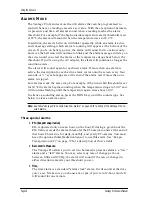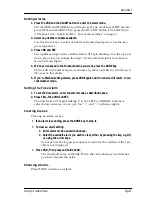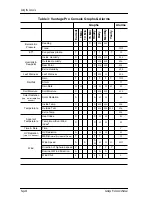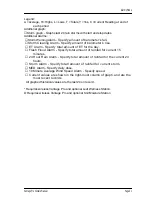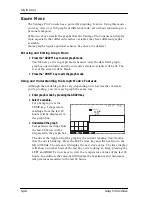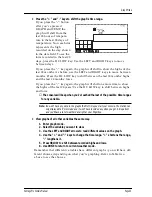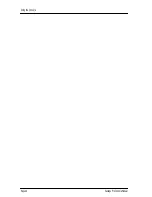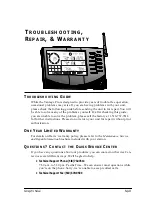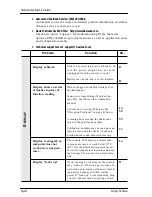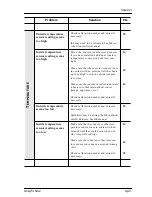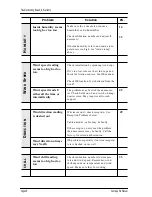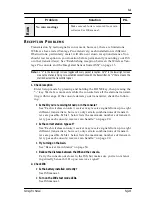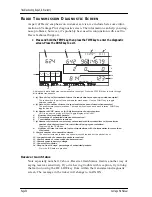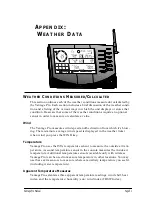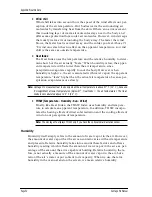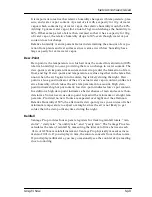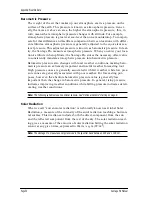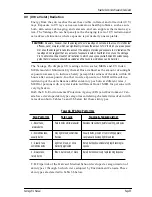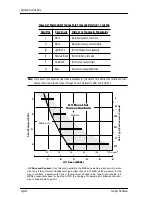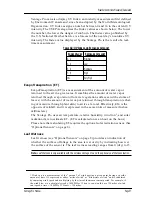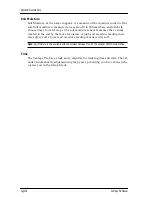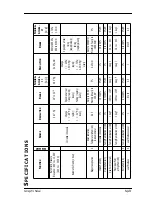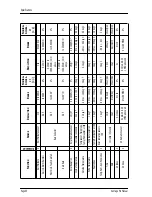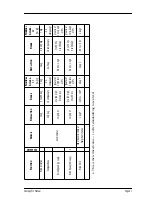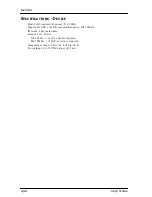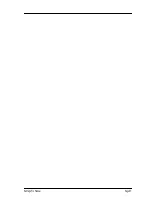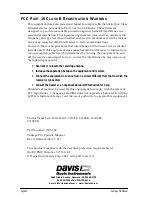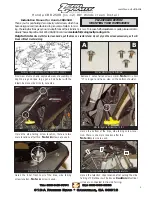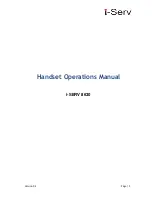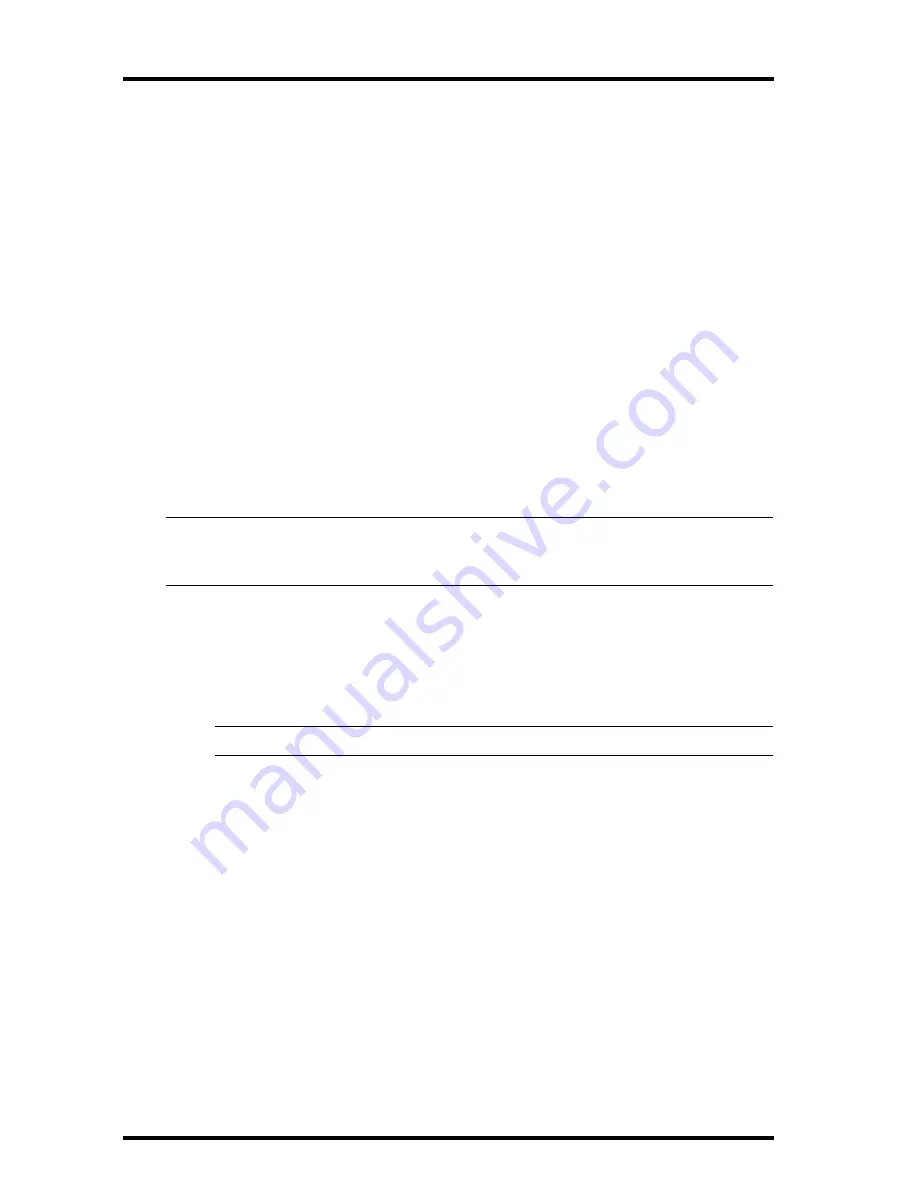
Appendix: Weather Data
Page 52
Vantage Pro Manual
• Wind chill
Wind chill takes into account how the speed of the wind affects our per-
ception of the air temperature. Our bodies warm the surrounding air
molecules by transferring heat from the skin. If there’s no air movement,
this insulating layer of warm air molecules stays next to the body and
offers some protection from cooler air molecules. However, wind sweeps
that comfy warm air surrounding the body away. The faster the wind
blows, the faster heat is carried away and the colder you feel. Above 91
˚F, wind movement has no effect on the apparent temperature, so wind
chill is the same as outside temperature.
• Heat Index
The Heat Index uses the temperature and the relative humidity to deter-
mine how hot the air actually “feels.” When humidity is low, the appar-
ent temperature will be lower than the air temperature, since
perspiration evaporates rapidly to cool the body. However, when
humidity is high (i.e., the air is saturated with water vapor) the apparent
temperature “feels” higher than the actual air temperature, because per-
spiration evaporates more slowly.
Note:
Vantage Pro measures Heat Index only when the air temperature is above 57˚ F (14˚ C), because
it’s insignificant at lower temperatures. (Below 57˚, Heat Index = the air temperature.) The Heat
Index is not calculated above 135˚ F (52˚ C).
• THSW (Temperature - Humidity - Sun - Wind)
Finally, like Heat Index, the THSW Index uses humidity and tempera-
ture to calculate an apparent temperature. In addition, THSW incorpo-
rates the heating effects of direct solar radiation and the cooling effects of
wind on our perception of temperature.
Note:
The Vantage Pro displays THSW only if you have the optional Solar Radiation sensor.
Humidity
Humidity itself simply refers to the amount of water vapor in the air. However,
the amount of water vapor that the air can contain varies with air temperature
and pressure. Relative humidity takes into account these factors and offers a
humidity reading which reflects the amount of water vapor in the air as a per-
centage of the amount the air is capable of holding. Relative humidity, there-
fore, is not actually a measure of the amount of water vapor in the air, but a
ratio of the air’s water vapor content to its capacity. When we use the term
humidity in the manual and on the screen, we mean relative humidity.
Summary of Contents for and Vantage Pro
Page 6: ...Page 6 Vantage Pro Console Manual ...
Page 10: ...Welcome to Vantage Pro Page 10 Vantage Pro Console Manual ...
Page 16: ...Console Installation Page 16 Vantage Pro Manual ...
Page 18: ...Console Installation Page 18 Vantage Pro Manual ...
Page 44: ...Using the Console Page 44 Vantage Pro Console Manual ...
Page 63: ...Vantage Pro Manual Page 63 ...

